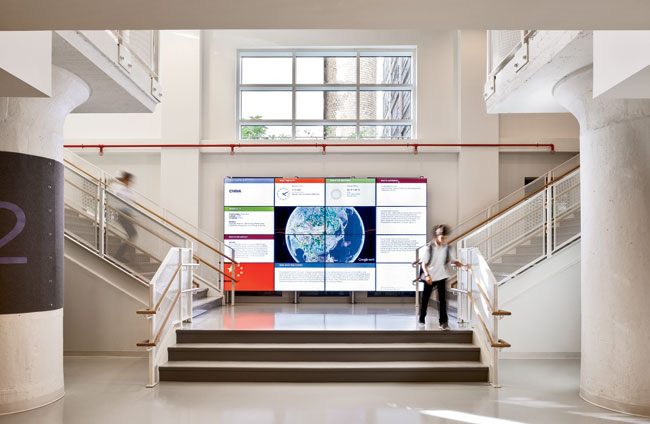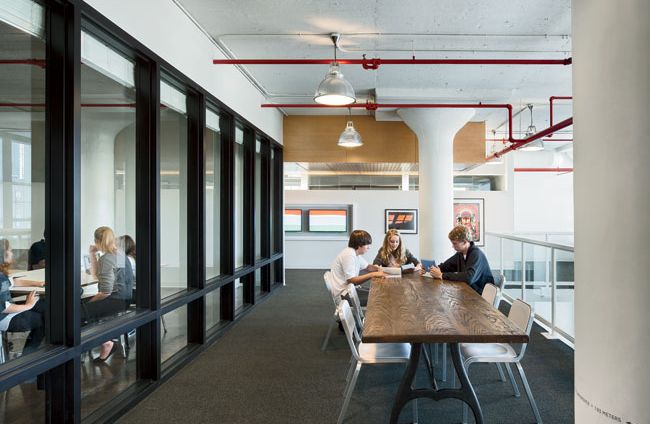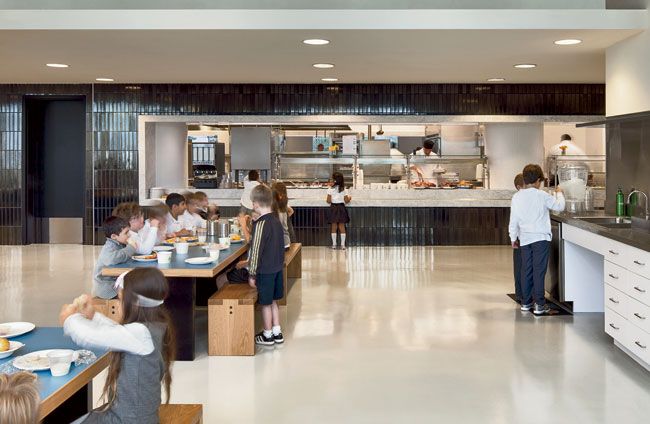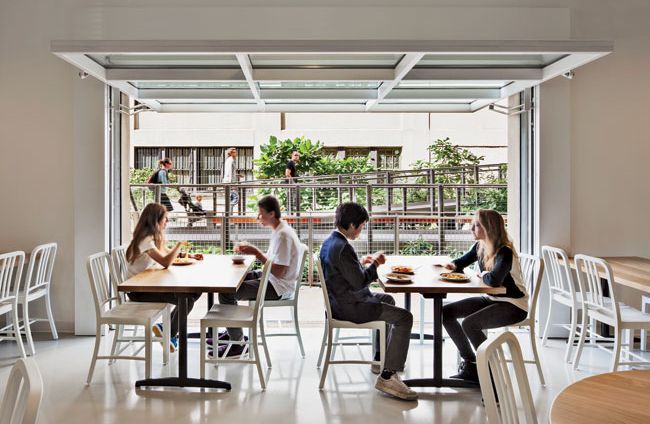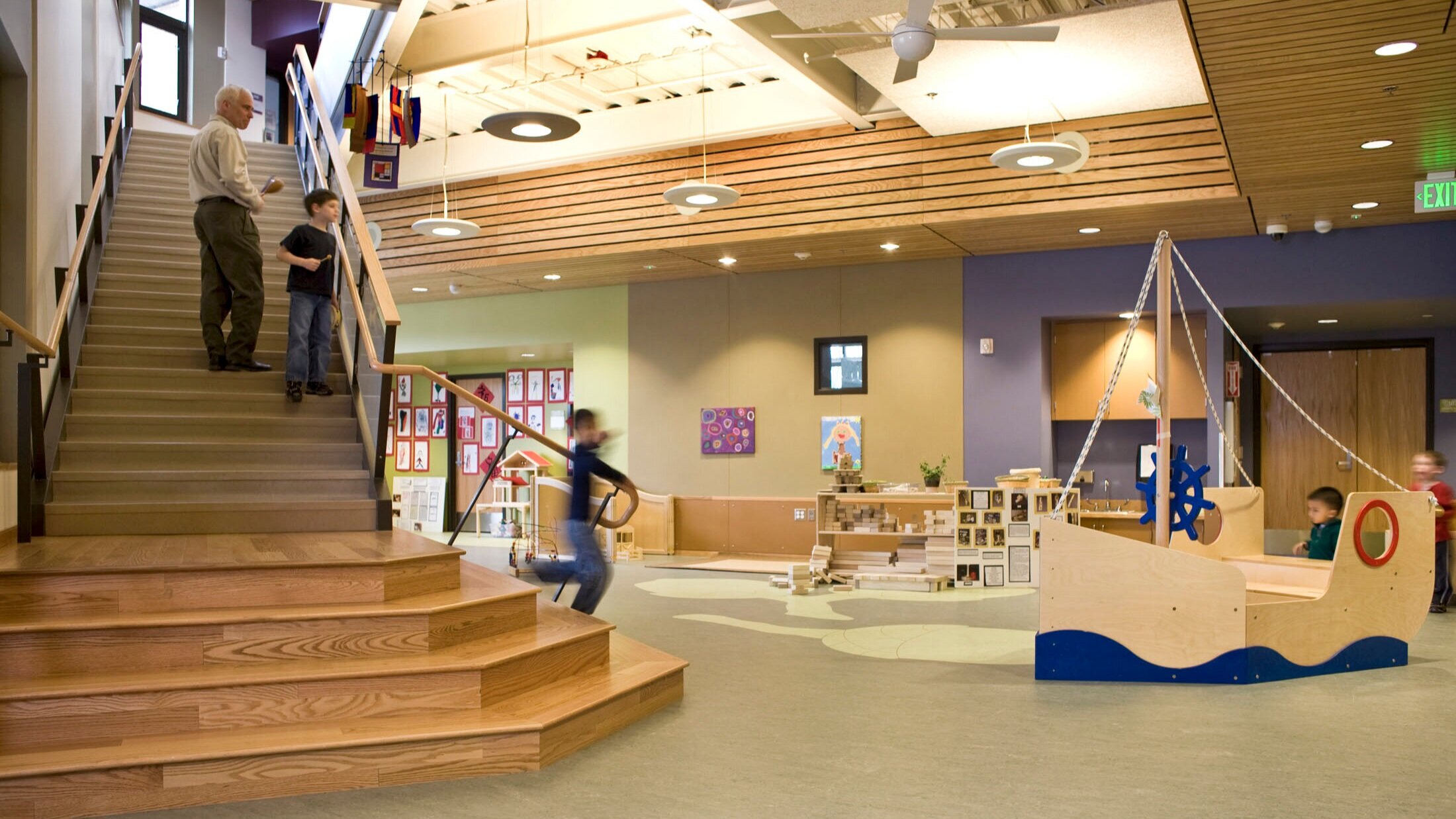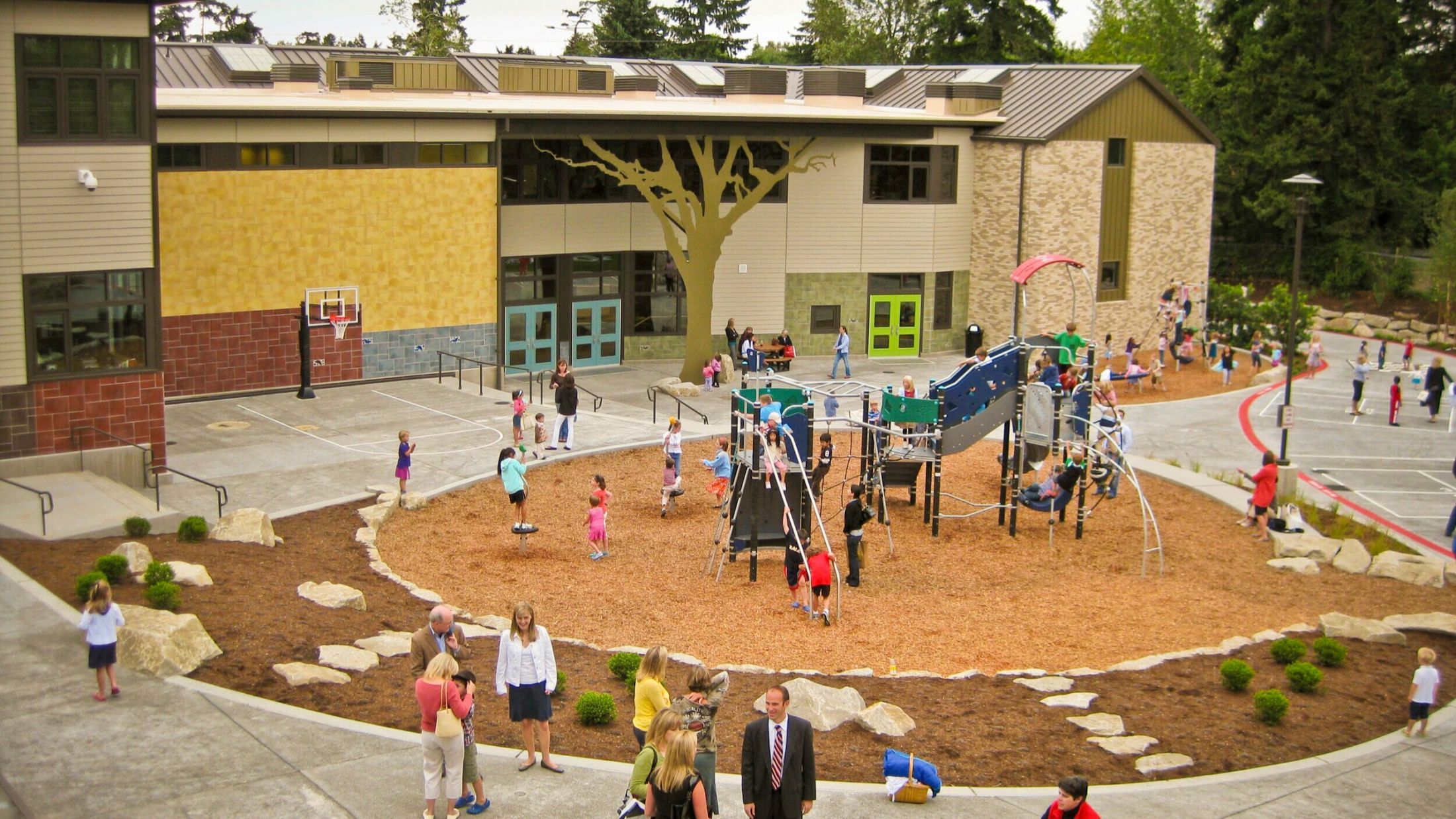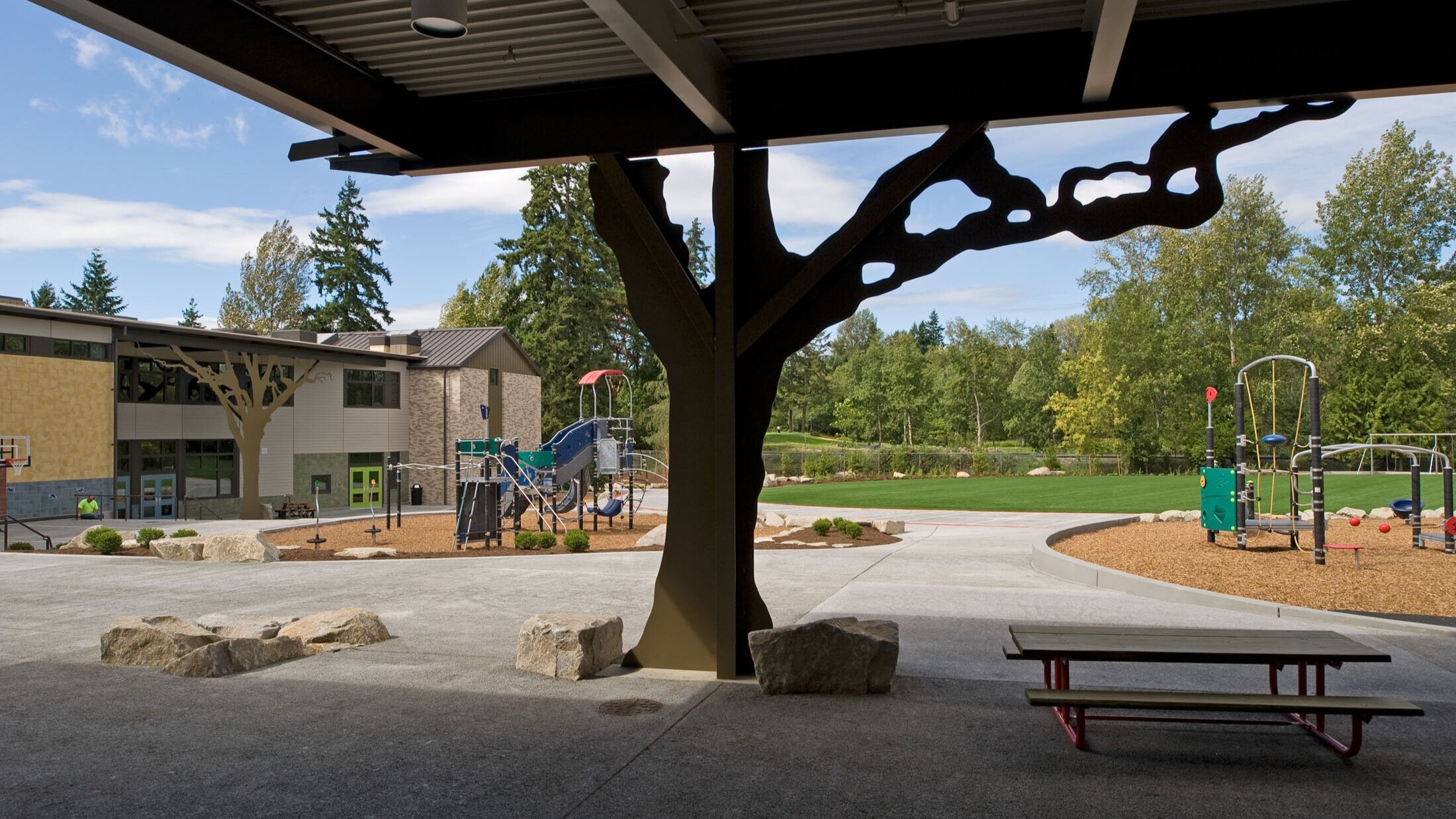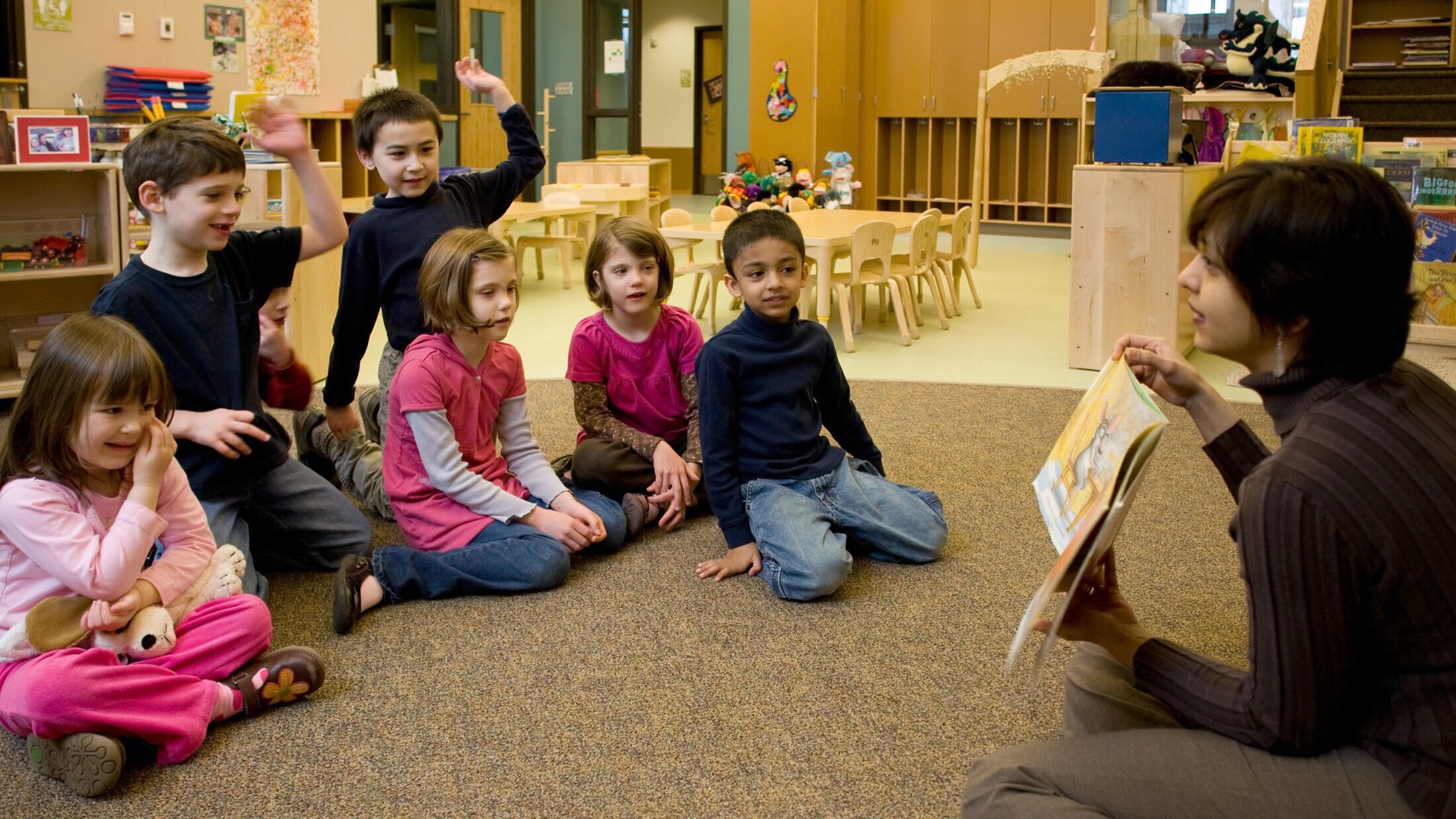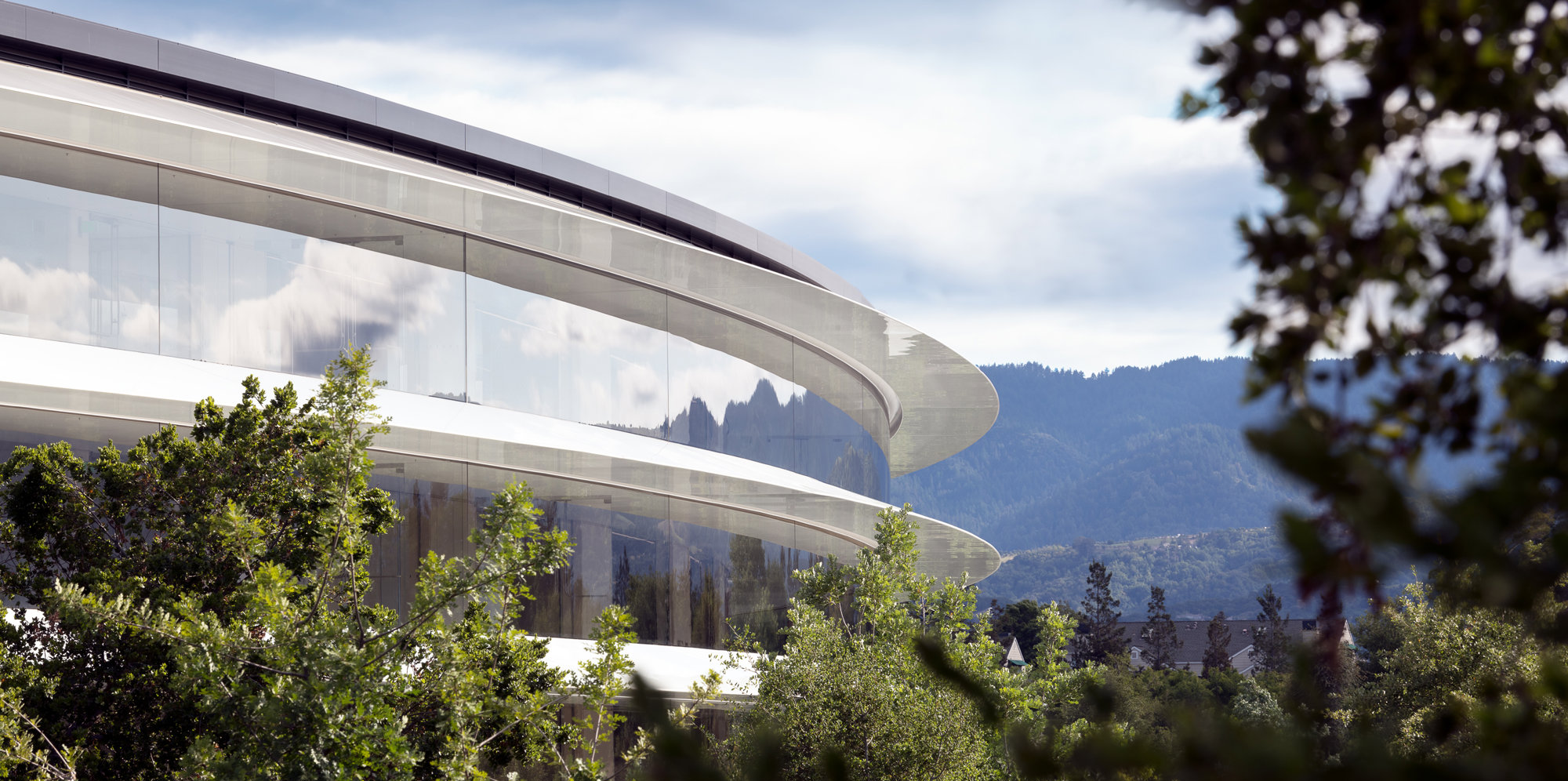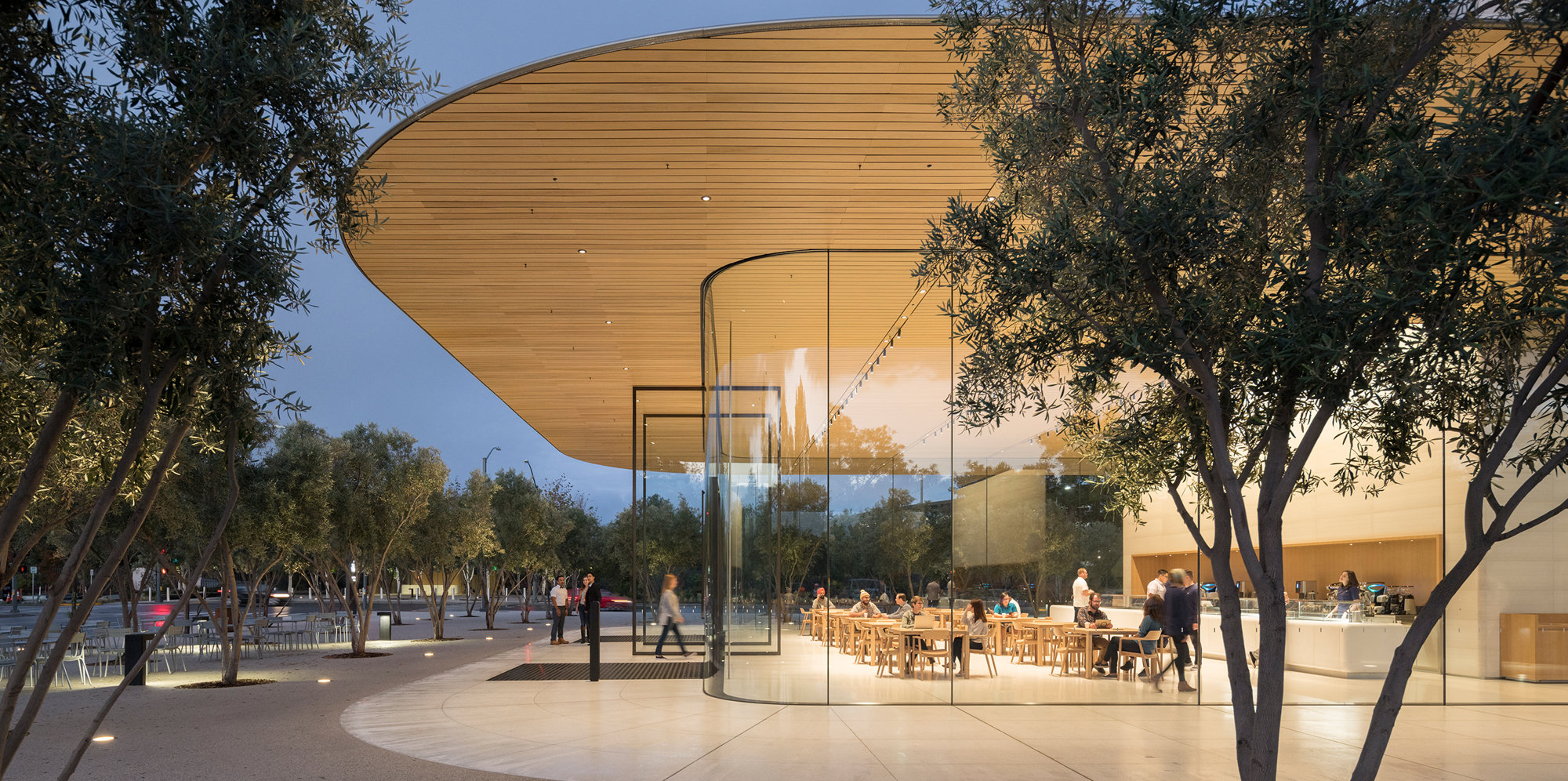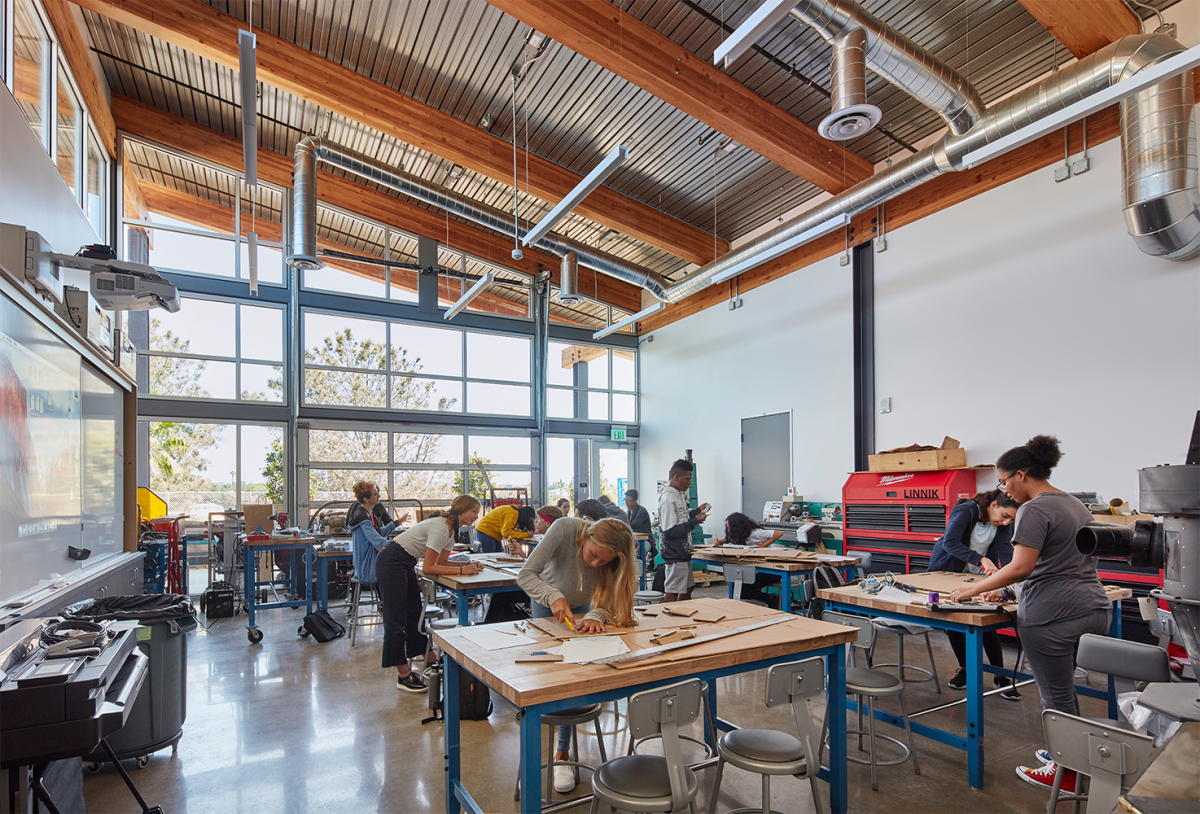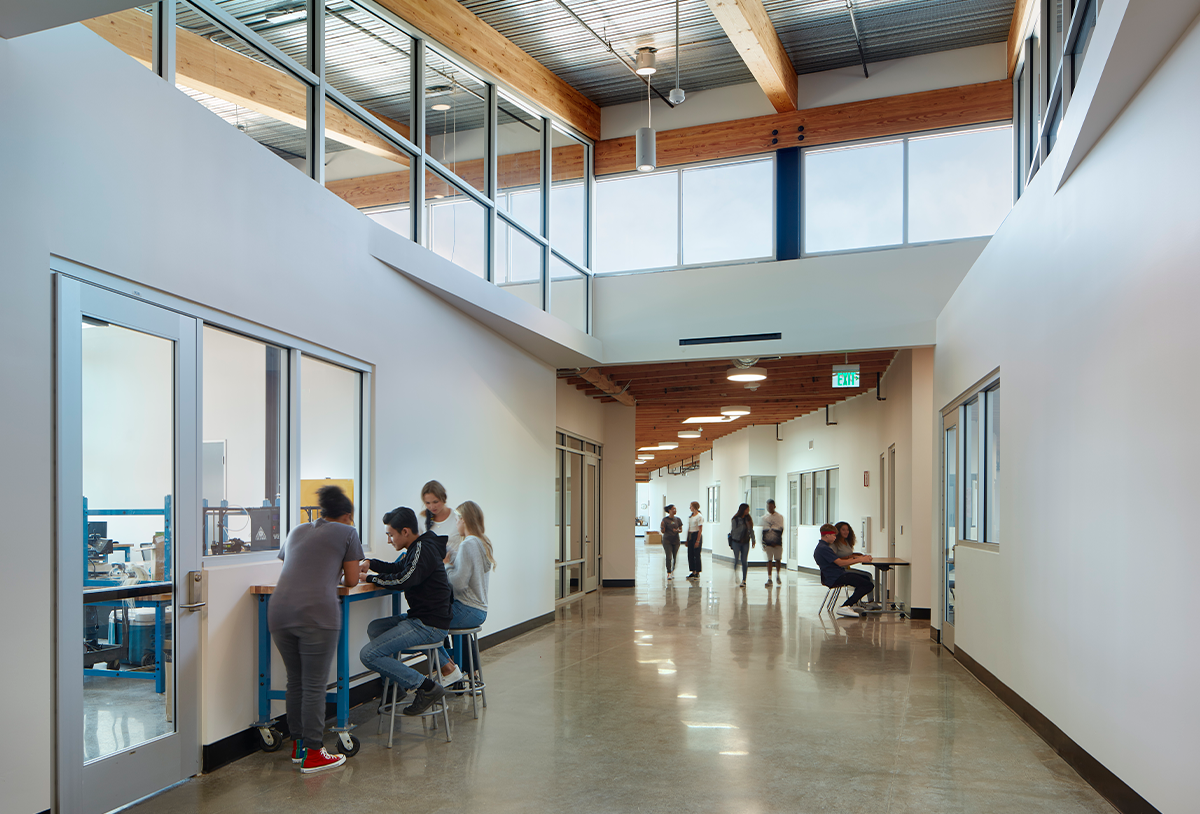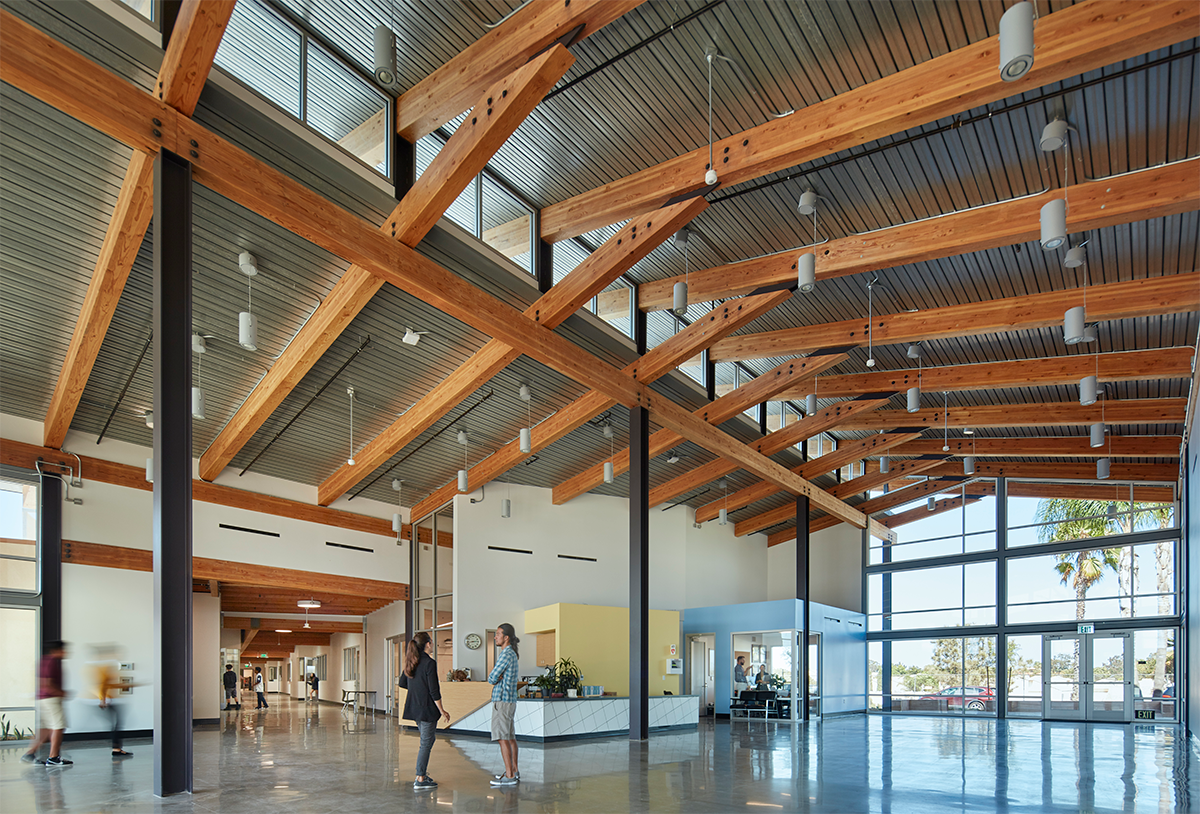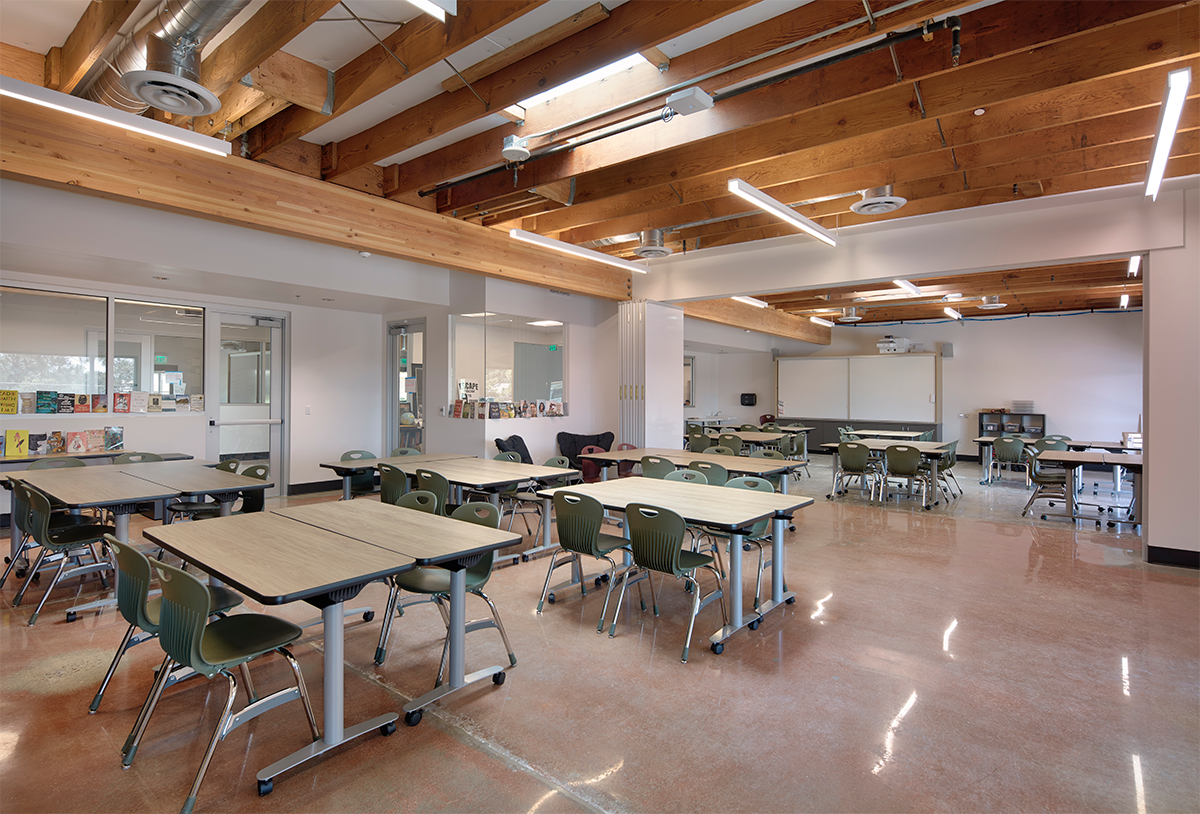EdDesign Mag Guest Essay
Adrian De Waal Ritter, a graduate of the University of The Free State in 1995, has registered as a professional in the architecture industry in 1996. In the early 2010s, he assumed the role of Chief Architect for a major Private School Group in South Africa, where he dedicated nearly a decade to refining his understanding of educational architecture and construction. Throughout this tenure, he meticulously explored the intricate relationship between design and its impact on learners and educators, recognizing them as the ultimate end-users of educational architecture.
My position as Chief Architect of a major Private School Group in South Africa, provided me with a unique opportunity to explore the design of educational spaces on a global scale. My exploration started in 2015, venturing across Europa over a three-year period. Roundabout 2018 and 2019, my travels took me to the United States of America, where I privileged to explored some of the most innovative and inspiring schools. From the bustling streets of New York City to the tech-centric hub of Seattle and the vibrant culture of San Francisco, each destination offered me unique insights into the future of school design and the potential for creating engaging, inclusive learning environments for the students within my own country.
Avenues: The World School
My first stop in 2018 was New York City, where I visited The Avenues school in the Borough of Manhattan. The school left me struck by its ability to navigate a vertical layout that stretches across five levels within a city block. The design opened my eyes to the possibilities of creating schools in urban environments where space is limited.
Photo: Architectural Record, by Chris Cooper
The Avenues sparked my interest in the concept of vertical schools and the application thereof in a South African context. This eventually led to an article defining the key characteristics of such schools for understanding “what a vertical school is”. One of the critical considerations in designing vertical schools, particularly in dense urban areas, is ensuring efficient evacuation for learners in adverse situations. From studying the design of The Avenues in New York it becomes clear that a maximum of four or five levels is ideal for maintaining learner safety during evacuations. This insight highlights the need to balance the efficient use of vertical space with practical safety considerations in multi-story school designs.
Photo: Architectural Record, by Chris Cooper
We utilized this and other learnings, in the design of prototype schools in both Johannesburg and Cape Town, to test the model in a South African context. These prototypes are somewhat expensive for the South African market, but showed it is a workable solution for an environment in dire need of more innovative educational spaces. One of the major historical and cultural challenges being that South African have great expectations of schools to provide sports facilities for learners, which are not readily available in most residential and urban areas. The country is known for its large open landscapes and warm weather, which enhances this need for ‘outdoor activities’. The creative inclusion of such spaces in our urban schools remain a constant challenge.
During my time in New York, I also visited a number of buildings dedicated to the performing arts, mostly in and around Broadway. These buildings might not seem directly related to school design, but they did provide me with valuable insights into the design of auditoriums and performance spaces that could be incorporated into educational facilities. Taking extensive notes on the acoustics, lighting, and layout of these performing spaces has laid the founding principles on which any future designs for performing arts in school would be based.
St. Thomas School
From there I traveled onwards to Seattle in the State of Washington where I visited the St. Thomas School. St. Thomas is an independent school in the suburb of Medina built with substantial, sustainable features including LEED Gold certification, an Energy Star design rating and carries certification as a Washington Area Green School. It should also be noted that since the Headquarters of the Microsoft Corporation is close-by, the school benefits from the technological environment it is located in, with seamless integration of advanced technological throughout the design.
Photo: Bassetti Architects
The architecture, by Bassetti Architects, is well executed. Beautifully wood-crafted interiors create a forest-like context, integrating nature and the outdoors environment into the learning environment. It is evident that factors influencing the design included the community context within which the school exists, the application of educational research and the impact of the wider environment, in this specific instance, the influence and access of technology.
Microsoft Visitor Centre
Continuing this trend, I also took a tour of the Microsoft Visitor Centre where I experienced using cutting-edge devices and applications in an everyday, real-world setting. One such an experience, was a demonstration on the use of augmented reality headsets. This application can and will increasingly be utilized in the learning experience and presents endless possibilities for exploration and experiences not otherwise available to us in a confined and fixed space. A visit to the Boeing Production plant in Everett next to Paine Field, illustrates that we are life-long learners and that our learning spaces should more accurately and realistically reflect the dynamic world of work which learners will eventually enter. Our working world does not necessarily consist of a desk and brick walls and begs the question whether our learning spaces shouldn’t be more representative of ‘the real world of work’.
Apple Park Campus
Next stop, San Francisco, where I visited the circular-like, Apple Park Campus building in Cupertino designed by Foster & Partners. Once again, although not directly related to school design, I was inspired by the use of innovative building materials, fine design details and seamless integration, that could easily be transferred to the design of educational facilities.
Apple Park. Photo: Foster + Partners
The Apple Visitor Centre also reinforces the idea that technology and design can work together to create engaging, interactive learning experiences by the use of bespoke designed products by end-users. A unique experience was the viewing of a particular aluminum scale model of the Apple Park Campus, which with the help of an iPad and its on-boarded application, allows the viewer to experience the site in augmented reality. This was an extremely powerful experience, clearly indicating the way in which “future-tools” could benefit expanding the educational landscape.
High Tech High schools
Travelling onwards towards the State of California, another memorable experience was visiting the High Tech High group of schools located in San Diego. These charter schools apply a lot of project-based learning through their various respective curricula lines. These lines being indicative of media, the arts, and other specific lines within the middle and the high school. Each of these lines are housed in large, open-plan buildings that have been transformed into vibrant, creative learning spaces. Striking is the way in which the schools have managed to adapt the industrial look to create environments that foster collaboration, creativity, and hands-on learning among learners.
Photo: Studio E Architects
The extensive use of glass in the various High Tech High schools allows for transparency and connectivity between different learning spaces. Students can observe and learn from their peers studying in these transparent areas. It creates a sense of community and encourages cross-disciplinary collaboration amongst learners. The schools’ focused curricula, which provides students with the opportunity to pursue their passions in specific fields, demonstrates the potential for creating educational spaces that cater to the diverse needs and interests of individual learners.
Santa Margarita Catholic High School
Santa Margarita Catholic High School in Orange County, California is where I ended my tour. The large campus on which the high school is situated is impressive and allows for an array of offerings to learners of this International Baccalaureate World School. Spaces transition effortlessly between standard classroom settings and communal gathering places for events and imbues the school’s faith-based philosophies. The synthesis of the academic with the spiritual and cultural development of learners is creatively displayed in the school’s morning news broadcasts, which are produced entirely by student, on campus, made possible by production spaces and equipment available to learners. Students are encouraged to take ownership and to by creative in creating these spaces and experiences. Santa Margarita left me with the impression of a setting that prioritizes harmonizing technological advancement with its institutional legacy and values.

Furthermore, Santa Margarita has dedicated spaces for learners with special needs, creating a welcoming and inclusive environment. As a parent of a neuro-diverse child, having experienced first-hand how stressful the school environment can be for such learners, I applaud any initiatives that promote the understanding and inclusion of a diverse society. Inclusivity remains a complex topic and to try to cater for in the physical space even more so. This subject can however not be ignored in the broader context of educational design as educational facilities are meant to be representative of our communities and our lived experiences and therefor need to be accommodated accordingly.
My visits to schools across the USA left me impressed by the level of technology integration and access to advanced resources many of these institutions provide. The partnerships with major tech companies, and the support from industry-employed parents offer students opportunities to explore cutting-edge tools like tablets, virtual reality headsets and interactive projections that transform floors and walls into engaging surfaces and create an interactive learning experience.
My journey enforced my belief in technology’s power to inspire curiosity, foster collaboration, and create immersive educational spaces. However, I also recognized that effective learning environments require more than just technology. The physical space design plays a crucial role in supporting and enhancing education, as exemplified by the innovative vertical layout of The Avenues school and the use of industrial look-alike buildings at High Tech High.
![]()
My tour was one of discovery, inspiration, and growth, reinforcing my belief that architecture continues to play a huge role in the future of education. I'm grateful to have experienced firsthand, the innovation driving the evolution of U.S. school design. It has equipped me with tools and insights to create not just functional but inspiring, inclusive schools, deeply connected to their communities. I look forward to applying these learnings and to transfer the knowledge gained to ensure we transform education through thoughtful and functional design, not only now but also for what is an ever-growing, never-ending scenario.
About the traveller:
Adrian De Waal Ritter, a graduate of the University of The Free State in 1995, has registered as a professional in the architecture industry in 1996. With a diverse portfolio spanning large-scale residential, commercial, medical, and diplomatic architecture, both domestically and internationally, his expertise is extensive.
In the early 2010s, he assumed the role of Chief Architect for a major Private School Group in South Africa, where he dedicated nearly a decade to refining his understanding of educational architecture and construction. Throughout this tenure, he meticulously explored the intricate relationship between design and its impact on learners and educators, recognizing them as the ultimate end-users of educational architecture.
As a seasoned researcher and adept business developer, he has been instrumental in navigating the dynamic landscape of educational infrastructure and architecture. His contributions extend beyond the realm of design, as he delves into the transactional nature of the industry, discerning how a vacant piece of land can manifest the vision of a school.
Participating in numerous conferences across Europe and the USA, De Waal Ritter has cultivated a commitment to lifelong learning. He fervently advocates for the value of teamwork and emphasizes the importance of continual learning and research in fortifying understanding, design, and collaboration.
A dedicated listener, De Waal Ritter believes that genuine understanding stems from active listening, fostering a deeper comprehension of purpose and action.
Cover photo: High Tech High schools, Studio E Architects
June 2024

